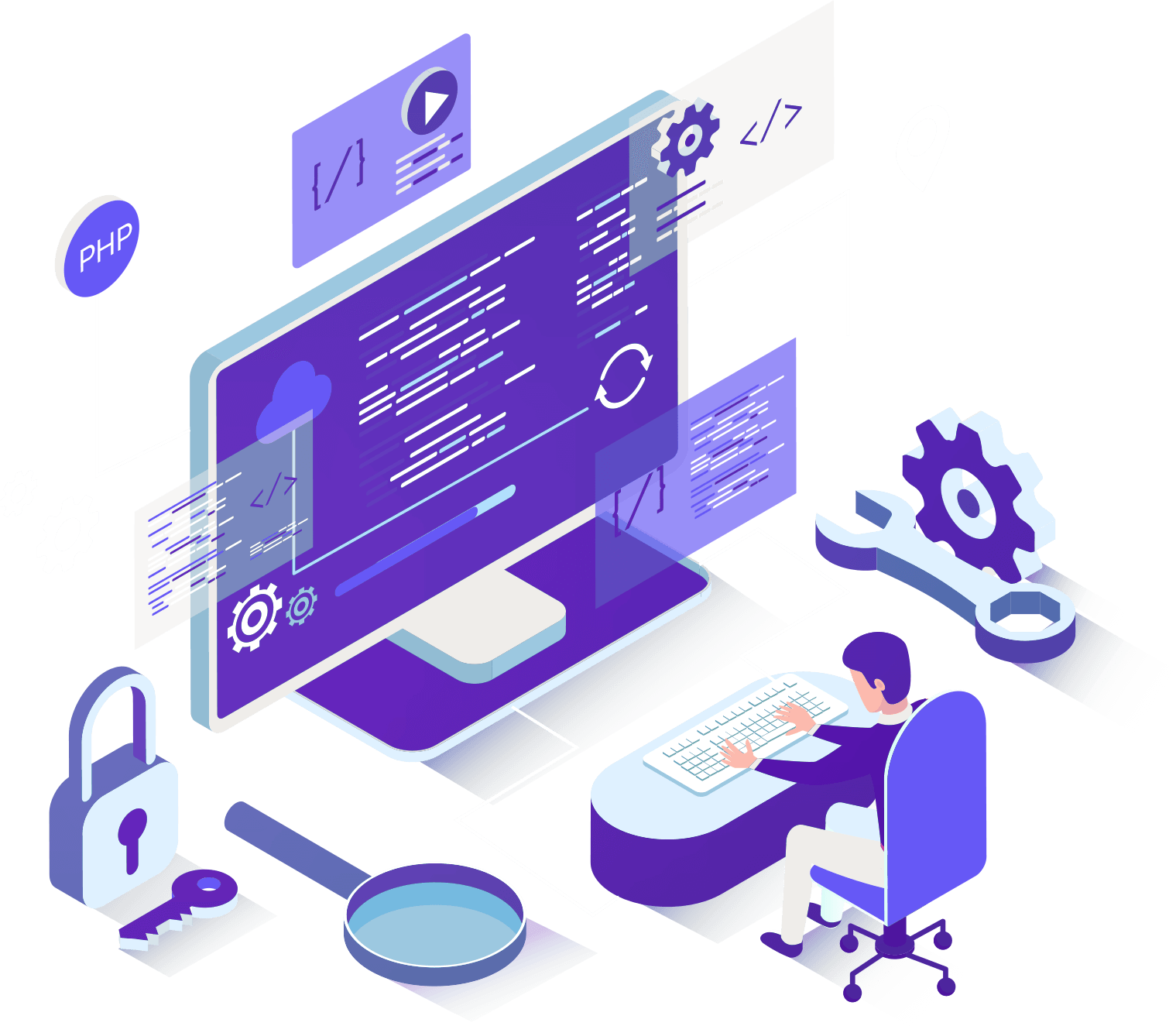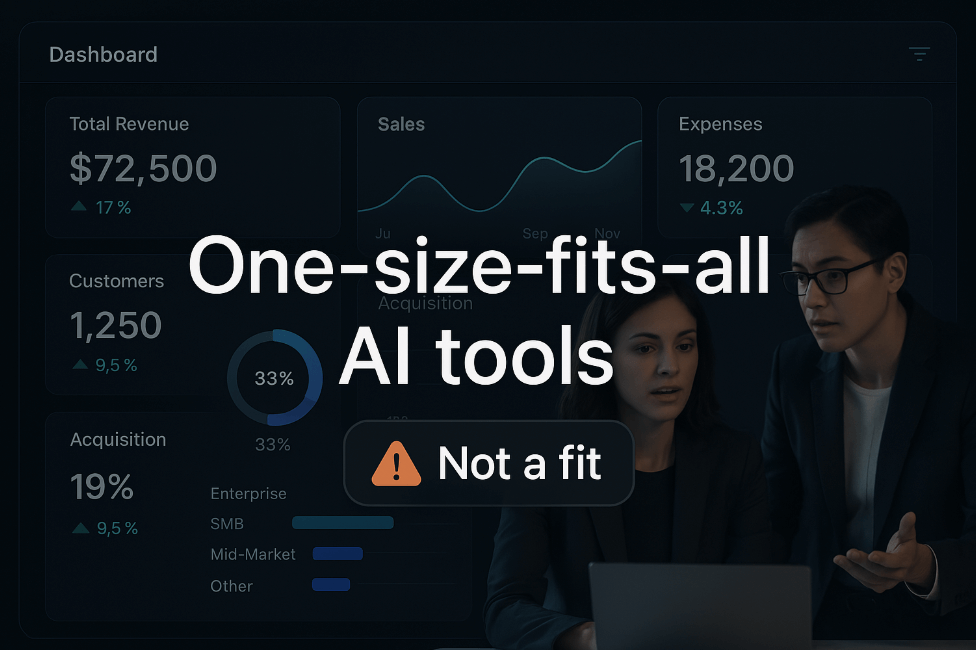So, why do you need a code audit?
A code audit empowers entrepreneurs and technology leaders to look at software integrity proactively: discover bugs, security vulnerabilities, or discrepancies from programming conventions before they become roadblocks. It provides expert recommendations on how to fit the software product into the bigger picture the organization is trying to convey and how it can scale with the business.
Code audits improve the quality of the standards, processes, and tools you use. Performing them regularly helps to maintain a consistent coding style across the organization and enrich them with best practices.
Capable of catching problems that would otherwise be discovered by agents carrying more risk (or cost) – end-users, testers, project managers – audits decrease budgets and build confidence between stakeholders. It digs down to the root cause of the issue and presents solutions to remove them without compromising growth.
Lastly, by identifying security vulnerabilities many exploits rely on, a code audit is an effective cyberattack prevention tool.
When to perform a code audit?
Ideally, a source code should undergo a thorough checkup early in the development stage. The second pair of (expert) eyes can help catch problems and identify risks that might slip by the QA team and impede the progress (or even survival) of the project. Because of that, we recommend running a code audit to anyone who’s launching a new software product or solution. And yet it’s not only a tool for market newcomers – auditing might be the answer if:
- Your old product is raising more and more performance issues;
- Your product’s end users continuously express complaints and dissatisfaction;
- Your product’s roadmap is not moving as fast as desired;
- You have a high development overhead in solving the system’s problems;
- You are buying (or selling) a tech business;
- You are experiencing difficulties in scaling up your team and parallelizing development;
- You are trying to adhere to various compliance and regulatory requirements;
- You are running a cost reduction project and trying to identify which business/technical costs could be cut off.
The anatomy of a code audit
Scope
Whether you are preparing for an internal code audit or looking for an experienced third party, it is important to clarify expectations and set a list of goals beforehand. The process should be tailored to specific business requirements, yet the first and foremost stage is always a code analysis, digging deep into:
- Security concerns;
- Manageability – the ability to monitor a system in question and keep it functioning optimally;
- Maintainability – the system’s (or its components’) ability to be modified to correct faults, improve performance, or adapt to a changing environment;
- Modularity – the degree to which the application’s components can be separated and recombined;
- QA processes – evaluation of the organization’s testing strategy approach.
Together with the above, the code analysis results may be complemented with improvement ideas as well as a list of best practices, depending on the specific development framework.
The other aspects that are commonly reviewed during the auditing process are:
- Database structure – to provide optimization suggestions so that performance stays high as the data volume increases;
- Flow – to analyze how upcoming work in the roadmap will impact the architecture;
- Work scalability – to take a closer look at your development’s team approach to deployment and testing.
Tools
In many codebases, experience, expertise, and attention to detail are the most important wetware tools. They are essential to perform an audit but should not be wasted for the boring tasks that can be automated.
We leave the judgement calls to humans and use the analysis tools to plow through hundreds of thousands of lines of code. Some of them are:
- Security oriented:
- Known vulnerabilities database (from the FriendsOfPHP/security-advisories);
- Malware detection tools with any antivirus available;
- SAST – Static application security testing with RIPS (now Sonar);
- DAST – Dynamic application security testing with detectify, acunetix, et.al.
- Dependency analysis:
- Unused dependencies;
- Soft/undeclared dependencies;
- Obsolete/outdated dependencies.
- Static code analysis (dry code metrics don’t say much if the code is good, but they are a strong indicator of a bad code):
- Complexity metrics;
- Code structure & architecture;
- Type system coherence.
Closing remarks: internal or external?
“By the time you proofread your own work, your brain already knows the destination.”
Testing your own code requires the ability to wear many different hats and to overcome knee-jerk reflexes developed by building it. Although it is not impossible, having a third-party auditor challenge your constraint assumptions, architectural choices, and technical toolset can speed up the process and make it more reliable.
It is important to understand that external code audits aren’t always impartial – and there’s nothing to worry about it. There may be a history behind the auditor’s choices and there may be hidden constraints he couldn’t have guessed. In such situations, the internal team can step in to fill the gaps and work in collaboration with the auditing part. Insights and fresh perspectives born from this synergy are some of the most valuable deliverables of the external code auditing service.





